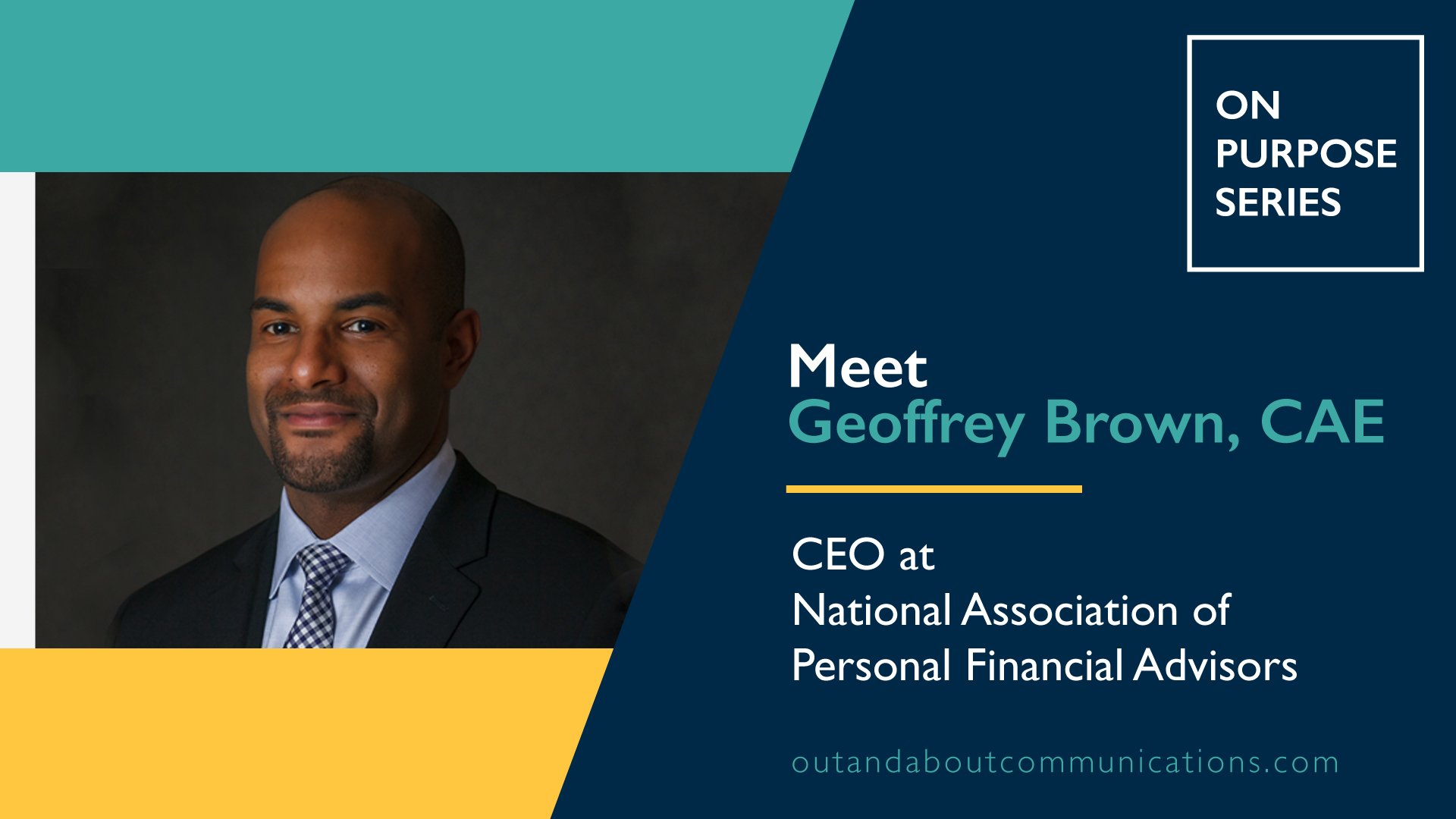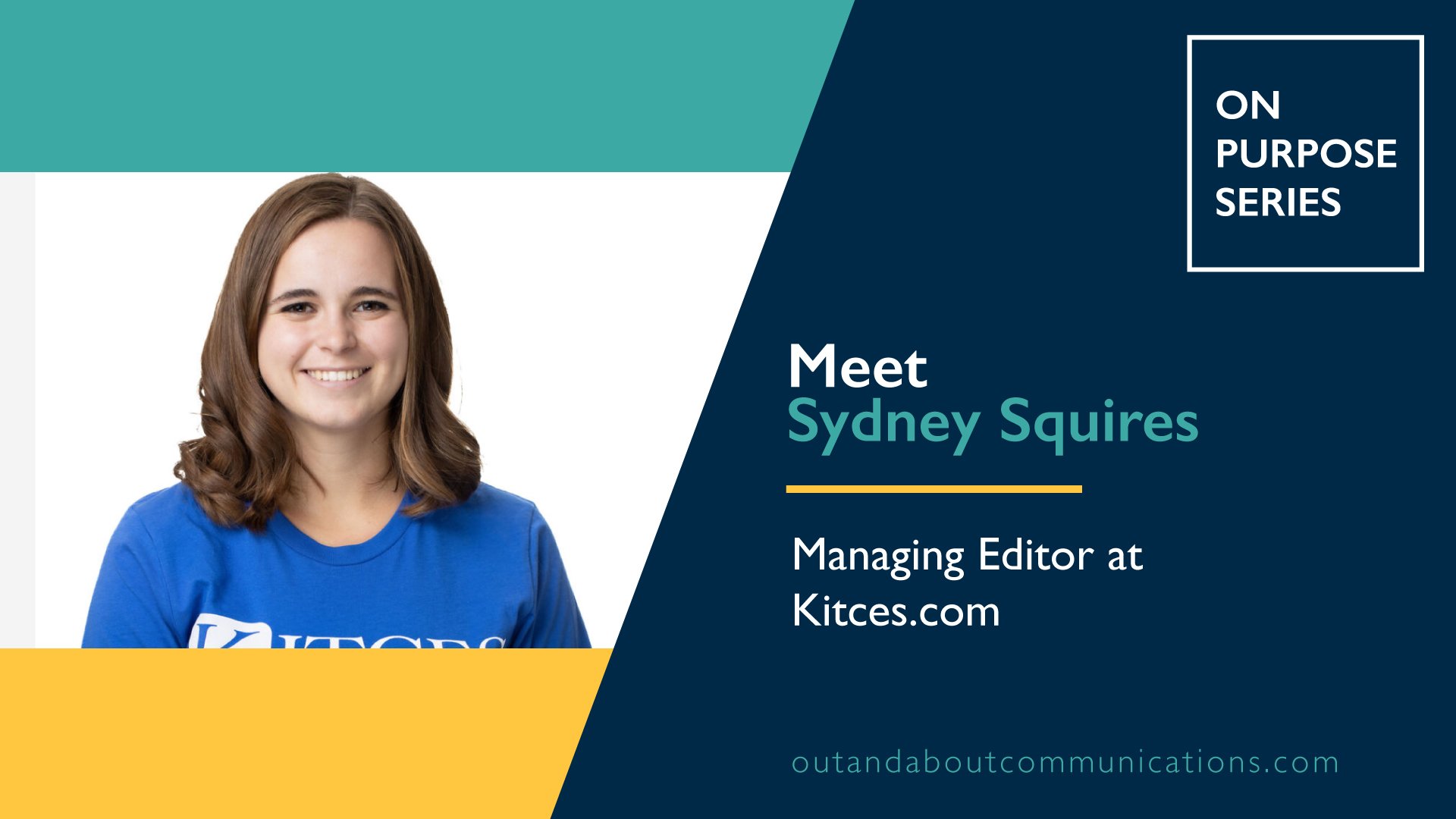
Storytelling has very much become a buzzword in the digital marketing world these days. But instead of shunning it for that reason, we pay attention to it for that reason -- after all, the market is driven on trends. Though, to be honest? This storytelling thing isn’t going anywhere. It’s been around since you were a kid, and since your parents were kids, and since their parents were kids…you get it.
Of course, the importance of storytelling as we talk about it here wouldn’t be found in an illustrated children’s book, nor is it likely to be told at your next campfire.
The story we’re referring to is your brand story. The one that is told about your business and the problems you solve that directly fits into the lives of your customers. The one they can immediately relate to and see themselves as a character in. The one that connects you to your target market and helps amplify your brand until it’s a household name. (So perhaps a campfire telling isn’t so out of reach.)
We don’t need to tell you this, though -- because you’ve already figured your business’ story out. You’re battling the second half of brand story conundrum: getting your entire team on the same page when it comes to sharing that story with the world.
5 steps for getting your team on the same page in telling your brand story
The true power of a story is in its retelling. That’s where it gains traction, travels from person to person and crowd to crowd, and earns its keep in our memories.
Which makes it incredibly important that we maintain its integrity as we tell it, time and again. That might be easy if it were just you, fellow business owner, as the narrator. But when you’ve got a team of people on the front lines communicating your story regularly, it’s not so easy to keep it consistent.
So before Ben in marketing starts telling one story and Tabitha in client services starts telling another, here’s what you need to do:
1. Conduct a high-level strategy meeting. Bring department heads, VPs, and team leaders to the table to talk strategy. This is where you want to get solid on what your story is, in the first place. Of course, this can’t be completely done in a board room. While you don’t want too many cooks in the kitchen, you’ll want the input of both customers and client-facing employees when it comes to your messaging.
Once that feedback has been gathered, the purpose of your high-level meeting is to figure out how to incorporate it into your existing brand story, and then how to disseminate that across the organization.
2. Tell your story out loud and give it a direction. Once you’ve compiled all feedback, verbally hash your brand story out. Give it a voice and tell it to the room. Then, write the story down and build a plan for where and how it’ll be used, from your marketing materials to your about page and your sales calls to your FAQs.
3. Give each person their own soapbox. Once the core story is formed and told several times both within that initial meeting and to the organization as a whole, help employees shape the story within the context of their role.
For example, your team in business development might position the brand story in a way that attracts new funding, while the sales team might use it to court customers. Give each person their own sandbox, but help them build the castle. It’ll encourage the use of the same story across the board.
4. Encourage practice, practice, and more practice. At this point, the goal is to make telling your brand story second nature to each and every person in the organization.
Host a happy hour where everyone has to move about the room, taking turns telling the story. Encourage teammates to use the story in different ways, and gamify the process by assigning rewards each time they do. Most importantly, provide materials relating to your brand story to talk through and refer back to as time goes on.
5. Systematize your sales cycle. Finally, we reach the final step in most brand exercises like this: streamlining. The goal here: systematize the sales cycle so that you can strongly incorporate your story within it and make the most of your business development efforts.
This might look like a one-pager within your onboarding packet that tells your story, or it might be a narrated video on your homepage. Build it firmly into the cycle so that it’s a natural portion of it.
Getting everyone on the same page
Your story isn’t just a fluffy element of your brand that proves to be a fun, yet futile exercise. When done right, your brand story becomes the embodiment of your mission and the single best way to connect with prospects and turn clients into raving fans.
And a story becomes infinitely powerful once adopted and shared by many.
Your brand story deserves that dedication within your organization so that prospects and clients give it the same respect when they undoubtedly share it around their next campfire, right after the first kumbaya.
PS: One of our favorite brand storytellers is Dove. The company’s story as the home of “real beauty” has been magnificently translated into social media campaigns, video marketing, and much, much more.






